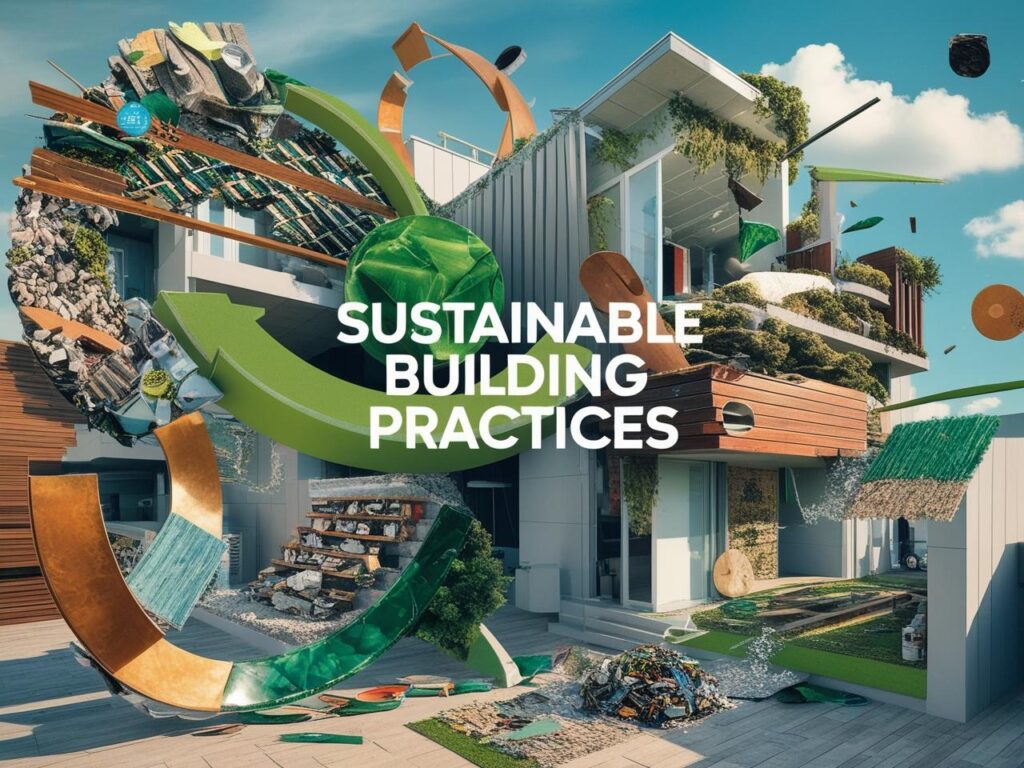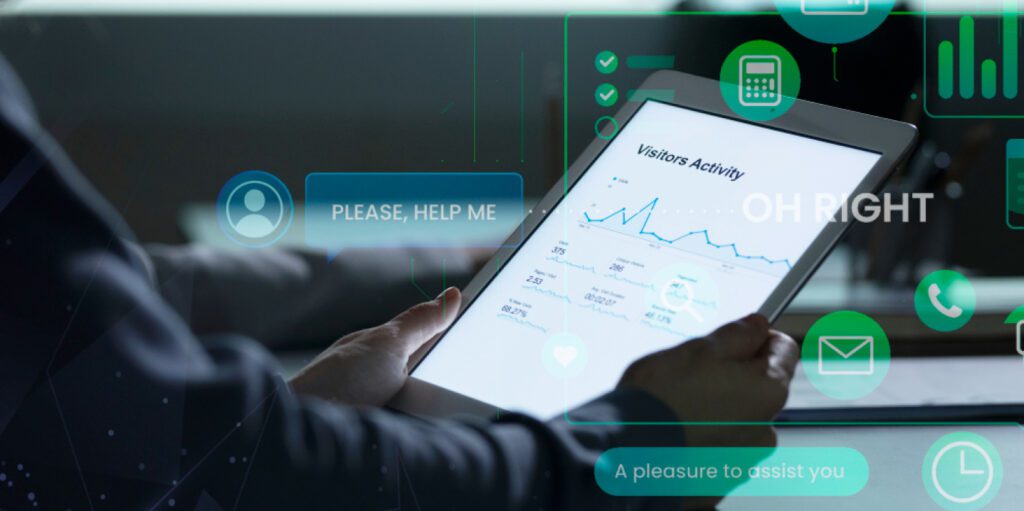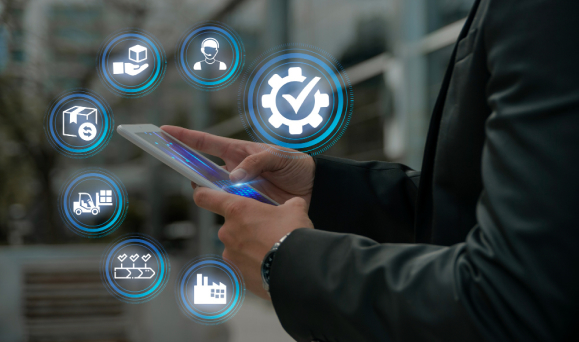Sustainability
At the heart of our sustainability commitment is the integration of advanced CAFM and IoT technologies. By adopting energy-efficient solutions, promoting sustainable material use, optimizing waste and water management, and supporting green building certifications, we drive meaningful environmental impact. Our data-driven approach not only reduces carbon footprints but also enhances indoor air quality and employee wellness. Through these innovative solutions, we ensure that every facility we manage operates with greater efficiency and responsibility, contributing to a greener future.
Roadmap
This should be how Exozen has grown from 10 resources in 2017 to 1500+ manpower in 2023
Sustainability through Innovative Solutions
-
Energy-Efficient Solutions:
We leverage advanced CAFM and IoT technologies to integrate energy-saving innovations, such as LED lighting and energy-efficient HVAC systems, alongside renewable energy sources like solar panels. This strategic approach not only reduces carbon footprints but also optimizes energy consumption through real-time monitoring and automated adjustments, ensuring maximum efficiency.


Sustainability Integration Roadmap
- Phase 1: Energy Consumption Assessment
- Phase 2: Green Technology Implementation
- Phase 3: Waste Reduction Initiatives
- Phase 4: Eco-Friendly Procurement Practices
- Phase 5: Employee Training on Sustainability
Technology-Driven Roadmap
- Phase 1: Digital Transformation Assessment
- Phase 2: Implement Smart Building Solutions
- Phase 3: IoT Integration for Predictive Maintenance
- Phase 4: Employee Training on New Technologies
- Phase 5: Continuous Monitoring and Optimization


Safety and Compliance Roadmap
- Phase 1: Compliance Audit and Gap Analysis
- Phase 2: Implementation of Safety Protocols
- Phase 3: Employee Training on Safety Measures
- Phase 4: Regular Compliance Checks
- Phase 5: Emergency Preparedness and Response Planning
Cost Optimization Roadmap
- Phase 1: Cost Analysis and Benchmarking
- Phase 2: Vendor Consolidation Strategies
- Phase 3: Energy Efficiency Programs
- Phase 4: Space Utilization Optimization
- Phase 5: Continuous Monitoring for Cost Savings

